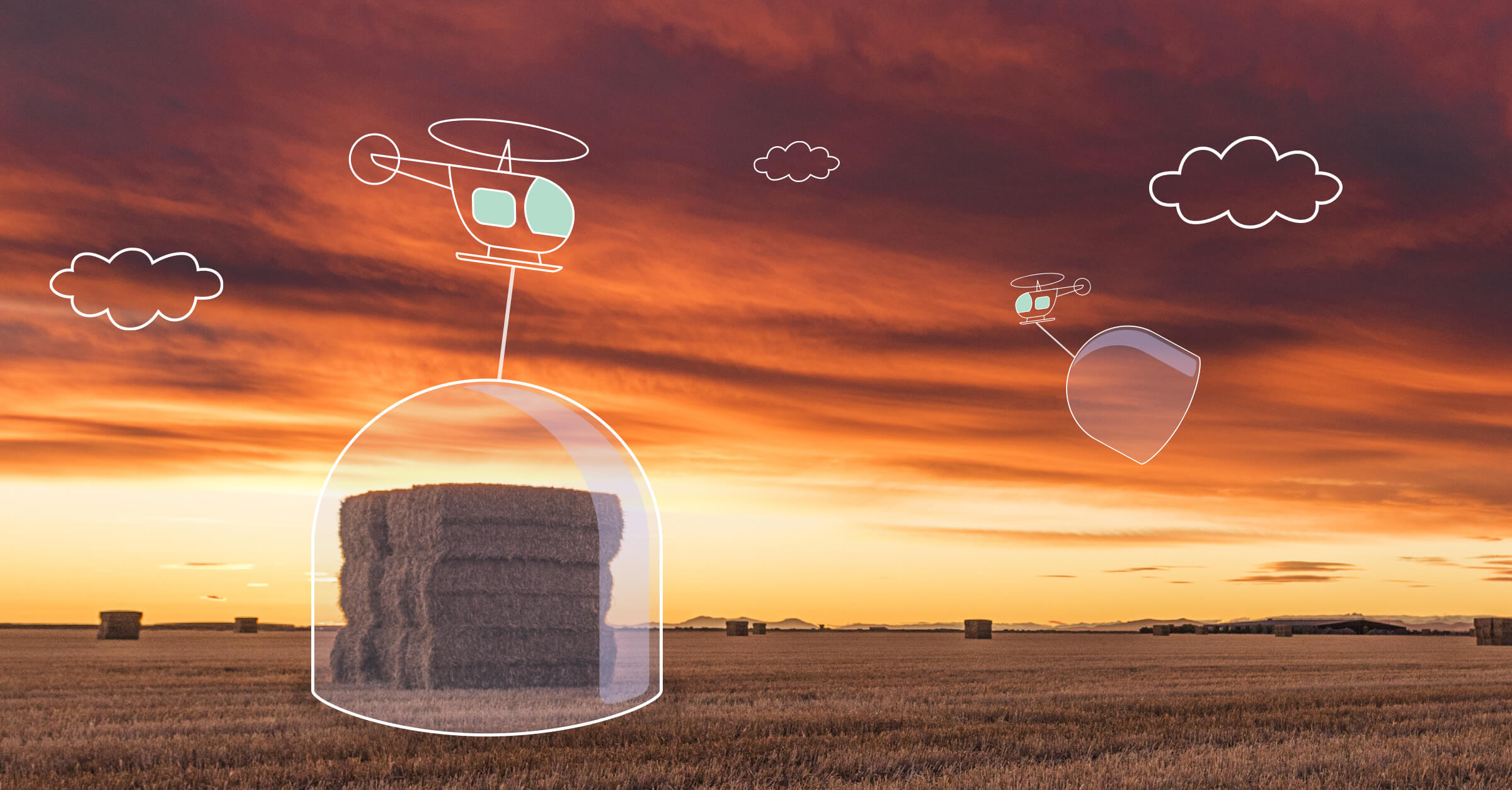When new flames ignited this month in California, we couldn’t help but think back to the wildfires that tore through Sonoma and Napa counties in October. Insurance claims filed since then hover around $9 billion.
The wineries affected by the fires were top of mind for many insurers since Northern California is a major enotourism destination. Most of California’s wine grapes are produced in other areas. Many of the region’s marijuana farms, however, were destroyed. And since growing pot is still illegal under federal law, many crop insurance companies won’t write policies for cannabis farms. So a large percentage of the northern California pot farmers have had to bear the losses themselves.
So, what exactly is crop insurance? Having it could determine what happens to your produce following a natural disaster.
What your homeowners insurance covers
While a standard homeowners insurance policy can cover barns, sheds and fences up to 10% of the policy amount, it’s null and void if these properties are used for farming. For many plans, coverage for landscaping is around $5,000, which isn’t enough to protect the crops you rely on for your livelihood. In short, a standard homeowners insurance policy won’t be your best bet for coverage. So if you’re growing crops, you’ll need supplemental insurance to ensure your bases are covered.
Exclusions vary by insurer, but most providers don’t provide protection from wind damage or disease. In fact, most homeowners insurance policies exclude farming operations and crops from their offerings. Commercial producers, farmers, vintners and ranchers almost always need to purchase an additional plan.
Types of crop insurance to consider if you own a farm or vineyard
There are two main types of crop insurance: multiple peril crop insurance (MPCI) and crop-hail insurance. Multiple peril crop insurance (MPCI) is supported and regulated by the federal government, but sold through private sector carriers. More than 90% of farmers who buy crop insurance choose MPCI. These policies cover crop losses caused by droughts, fires, flooding, diseases, insect damage and adverse weather conditions. In recent years, more MPCI policies have offered both yield and price coverage, which protects farmers if the market value of a crop declines.
MPCI policies must be purchased each growing season before crops are planted. Insurance plans cover more than 120 different crops and costs can vary depending on the type of crop being produced. Before a policy can cover anything, however, the average American farmer must lose at least 25% of the value of their crop.
Crop-hail insurance is provided by private insurers and regulated by state insurance departments. It covers fewer perils than MPCI, but is more widely available. Its deductibles are also typically lower than those associated with MPCI policies. Unlike MPCI, crop-hail insurance can be purchased throughout the growing season. Farmers with MPCI policies often purchase crop-hail insurance policies, too, particularly if they live in areas prone to hail storms.
Commercial producers can also purchase crop revenue insurance, which protects them from harvests with low yield or low revenue. Since crop prices can fluctuate, this coverage helps ensure that farmers make enough money.
The history of crop insurance
Before there was federal crop insurance, a natural disaster would almost always result in the creation of ad hoc legislation. After the Dust Bowl and Great Depression, it was clear that America needed something more permanent to shelter taxpayers from the costs of agricultural loss. The Federal Crop Insurance Corporation (FCIC) was created in 1938 as an experiment. The group encouraged farmers to purchase crop insurance through licensed private agents. Though it was effective, coverage was initially limited. The Federal Crop Insurance Act of 1980 expanded coverage to include additional crops. Over time, the crop insurance program was strengthened further and eventually became mandatory for farmers who wanted access to certain benefits.
Today, the FCIC continues to manage the crop insurance program and work with insurance providers. It also provides reinsurance to farmers with certain policies. To make crop insurance affordable, the federal government also subsidizes between 38% and 67% of premiums. This unique public-private arrangement keeps costs low and distributes risk between the federal government, insurers and farmers.
Tips for avoiding losses
Besides ensuring you have adequate crop insurance coverage, there are steps you should consider taking to reduce risk and avoid losses. To prevent disease and insects from spreading, you’ll want to keep wide spaces between plants. To minimize loss from excessive precipitation or flooding, add mulch to your soil so that it gradually soaks up water. Covering crops with legumes and grasses (like rye) can also protect your produce from water and wind damage.
The takeaway
Producers, farmers, vintners and ranchers should speak to a crop insurance specialist. That’s a good way to find the appropriate coverage for your business and practice whatever growing methods best protect your crops.




